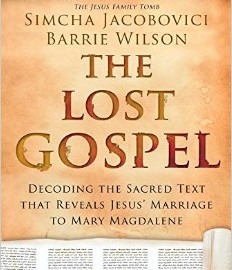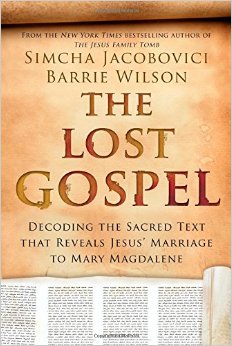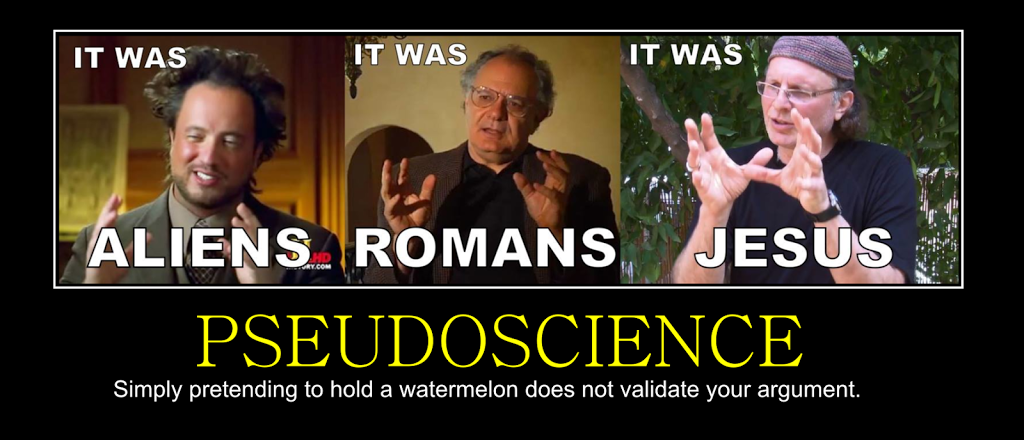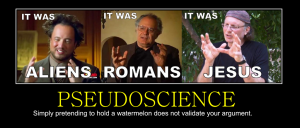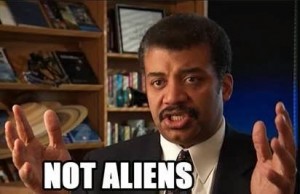I fear that I must own up to this little piece of satire as it is my own casual observation that birthed it. 🙂
Critical commentary on this particular instance will follow at some later date, but for plenty of prior discussion, please feel free to browse my blog archives.
Peace,
-Steve
UPDATE Oct 14: Quite conveniently, Christian Brady over at Targuman posted an interesting entry about satire. As I employ quite a bit of satire on my blog here as an illustrative tool (…and I admit enjoyable) I feel it’s a good read given recent postings. 🙂
I also believe that there is an important line to draw between satire, and simple mockery or ridicule. The former acts as a statement of criticism often showing where something may be improved, where the latter two on their own may simply be malicious.
It’s the difference between criticizing someone with a bit of humor to illustrate one’s point vs. a bully at a playground making fun of another kid because it makes them feel good. Satire’s purpose is to fuel conversation where simple mockery or ridicule’s purpose is to squelch it.
I generally make satirical memes as a means to illustrate problems and stimulate further the debate about things that happen in the academic world. In the age of Facebook and other social media — riding upon the very same mechanism that spreads pictures of LOL-cats at lightning speed — there are fewer methods that move as quickly to prompt discussion as visual vignettes that point out poignant problems in an entertaining manner. 🙂
Food for thought.
UPDATE Dec 29: HT to Antonio Kuilan on Facebook:
Neil DeGrasse Tyson‘s watermelon bid (which is larger and more threatening). Since he’s an actual Astrophysicist, however, he might know what he’s talking about. 😉
If anyone has any further “academic watermelon memes,” I will be happy to post them here.
UPDATE Jan 7 2014: The first watermelon of the year, that has upped the ante.
Pat Robertson seems to be doing… something to his invisible watermelon. I’m honestly not sure what to say.
Peace,
-Steve
